Before the vernissage, guess what? The poster. Pink, Fabulating about a Gelato Machine, ten artists, mentorship program. The title drew me in – I’d like to learn about the heart of the exhibition. The space greets me with a exhibition design that seems to be part of an academic epilogue, a visual composition reminiscent of the last act of a university story. The curatorial directions outlined by Georgia Țidorescu refer to the idea of memory, the analysis of obsessions and repetitive elements – thus revealing the evolution of an ongoing dialogue between individual and artistic experience.
Mălina Moncea is the first artist I talked to at the vernissage. Her work, This is speculation and/or/not science, is built on a science-fiction mix about the different lengths of time humans spend in different positions. She began with an analysis of her own temporal experiences, leading to a series of insights that I would categorize as unreleased, such as “How much time do we spend posing at a 90-degree angle?” Interesting. This kind of manufacturing-exploiting of abstract-thoughts about hypothetical perspectives bears a stance that I also found (vaguely, to be fair) in Alexandra Boaru’s discourse, based somewhat on fanciful models of visual narration. For Beginners Only is her composition of seven bits of stone and hairpieces on pink cellophane. On the wall behind that group of objects, there is the text that actually completes the work, with a “more in-depth and poetic statement” that goes like this: “This is for beginners only as their main body has yet to be calloused by twinning gestures.” – a type of image viewed with due care more in the digital environment, rooted in speculative literature. At the end of the room, Iulia Jugaru exhibits three canvases under the name Are balta pește / “There’s Plenty of Fish in the Sea.” She writes a statement, Rețetă pentru o porție de speranță / “Recipe for a Piece of Hope,” with playful undertones, in the form of a set of directions, from which I quote: “A teaspoon of ‘Try again,’ 4 spoonfuls of ‘Nothing can let you down, everything is peachy’ and ‘Live your life’ to taste.” The sight of the three canvases took me back to the final scene of The Seventh Seal (d. Ingmar Bergman) and the grace of Canova. For me, the color palette evokes the thermal effect, that of heat emanating from the body – and nature, of course.
Irina Motroc and Ioana Rusu have exhibited in the next room. The installation Proper way to see a landscape is a visual journey through an almost deserted village, yet rediscovered by nature. Irina Motroc reinterprets the leftover pieces of plaster on the walls of some ruins into maps that outline territories. It speaks of population migration, social change, and the return of Nature. The room’s layout, which included a tiled stove, was favorable, so I observed the works in the intended manner of the artist; the tiled stove was an artifact left untouched – like the pieces of plaster left in the houses we visited. Ioana Rusu, Autopsy of forgetting – a series of eight photographs focusing on interpreting reality according to one’s personal experiences and emotions. Ioana Rusu uses Polaroid frames that she subjects to an experimental process intended to deconstruct the initial representation, giving birth to new images. Discoveries.
With a reference to realism and traditional techniques comes Adrian Cojocaru. And it’s really not her fault is the pivotal image in a new series that promises to reveal some BTS stories from restaurant kitchens. A theme inspired by wanderings, the great-granddaughter of genre scenes, his current preoccupation probes the symbiosis between artisan and consumer, between culinary skill and devotion to art – oil on canvas. Pleasant speech, pleasant image. Daniel Florea fits into the figurative sphere as well, and of all the works exhibited, the pair called Slow.Simple.Sad and Huffy.Harmless.Happy thrilled me enormously. His imagery resembles children’s fairy tales, heartfelt and touching, a meticulous achievement of form. He uses vegetal materials, leaves, which he turns into innocuous portraits and presents them as “a distant memory that has become just a memory of a memory.” Let us stay a little longer on the vegetal register. Anca Țintea offers Land/Marks. To witness is to hold for observation, a visual piece made of two photographic prints with metal frames attached to a carpet (in turn, attached to the wall). Anca Ț. questions the relationship between public and private, presence and absence, conceptually explaining that both the tree and the carpet are markers of space segmentation. When is there too much red?
Diana Roșca had a promising contribution, but not enough to be considered satisfactory. Her vision of transgenerational trauma was captured in How to cook an artwork – an installation that encourages the visitor to wander through cubes made from egg cartons and iPads hidden under plexiglass. Her group of elements refers to “the biological cycle of a generation or, in this case, the lack thereof.”
Denis Flueraru took an upright position. His work was looking great on the wall. The piece introduced itself: from the choice of industrial materials to the tech inserts, the aesthetic presentation was brought before the audience, of me, well-proportioned, robust. Later, I read in his statement an articulate affirmation about the dominance of urbanization and the suppression of nature. The Metabloom object stemmed from an awareness of certain reality.
Fabulating about a Gelato Machine wasn’t an exhibition that made a remarkable aesthetic impact, but I don’t think that was the point either. The project coordinated by Eastwards Prospectus Association focuses on supporting young voices and individual artistic practices (*hence the focus on each artist in turn) while also providing support to emerging artists and helping to produce new work, which serves a noble purpose.
Translated by Camelia Diaconu
POSTED BY
Călina Coman
Călina Coman (b. 1998) is an art critic and curator. She works in Bucharest, writes texts for specialized media and collaborates with artists in various independent projects. She graduated from the D...
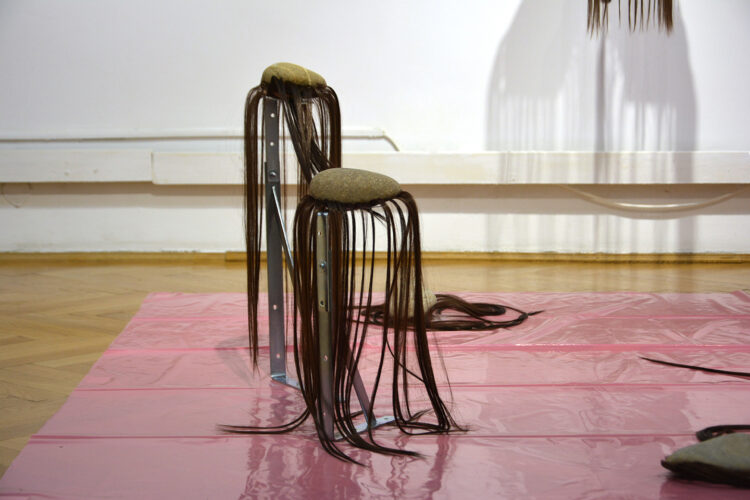
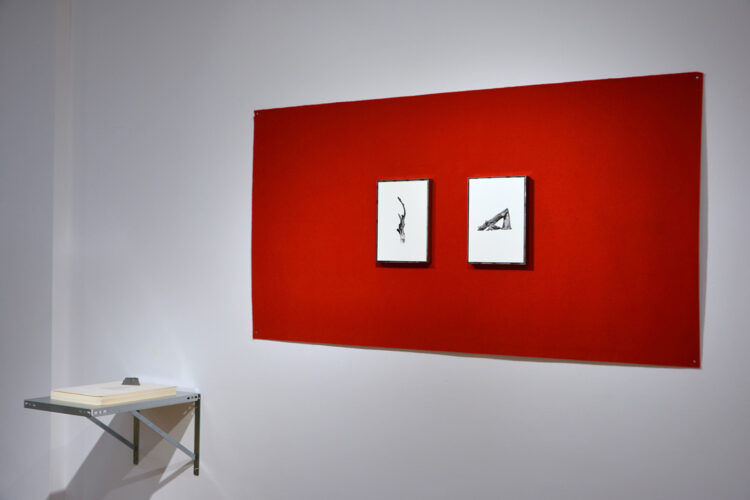
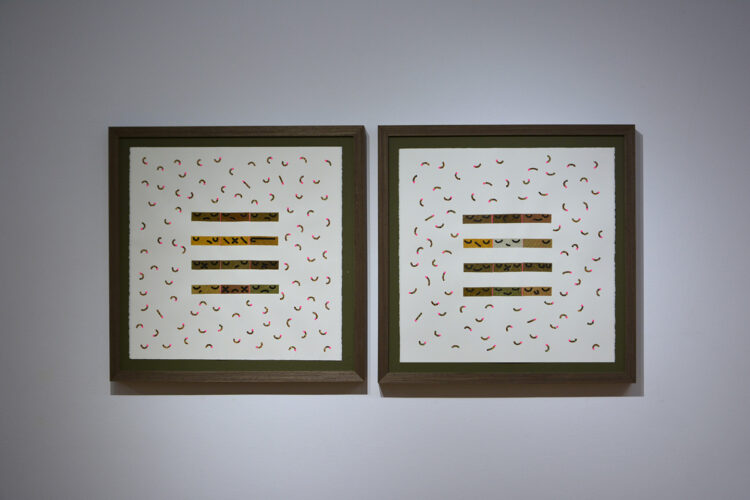
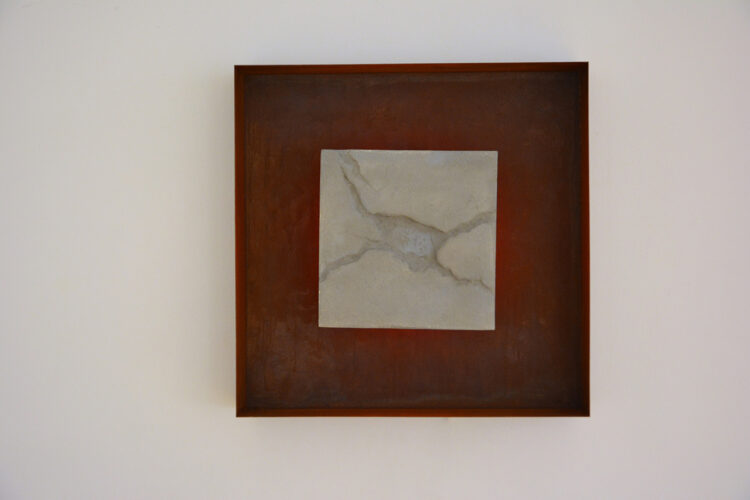

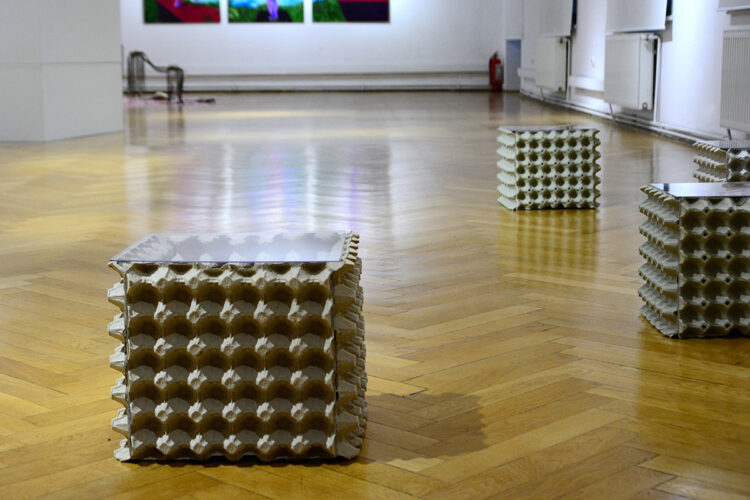
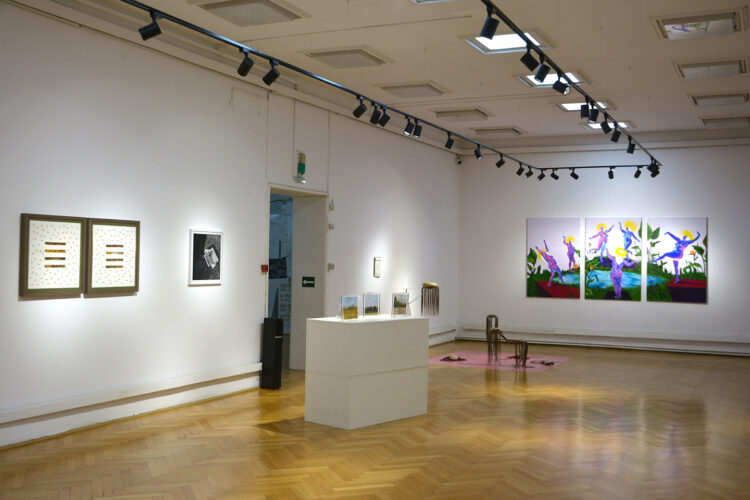

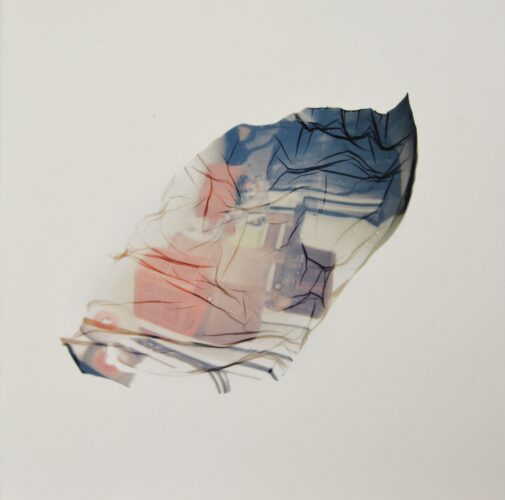
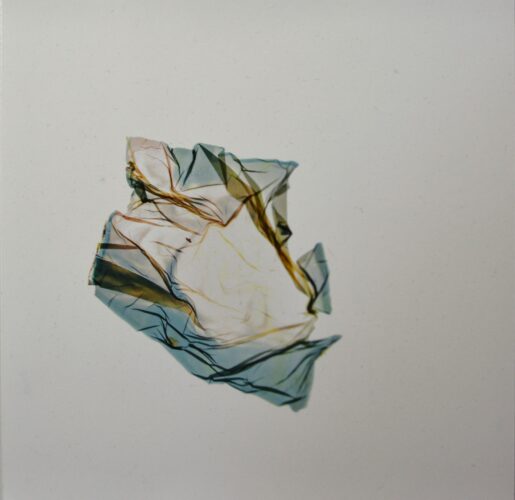
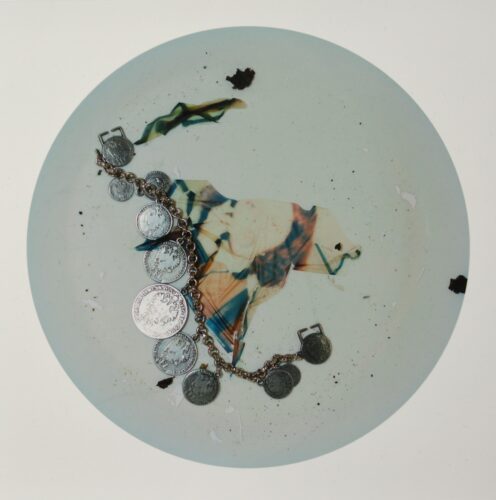
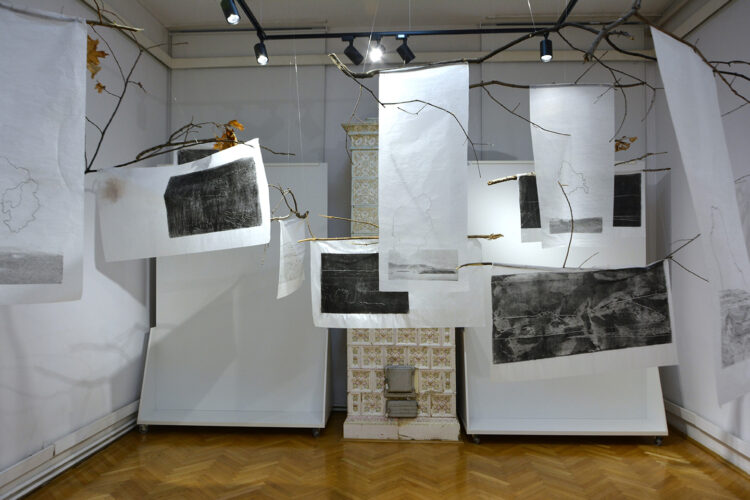
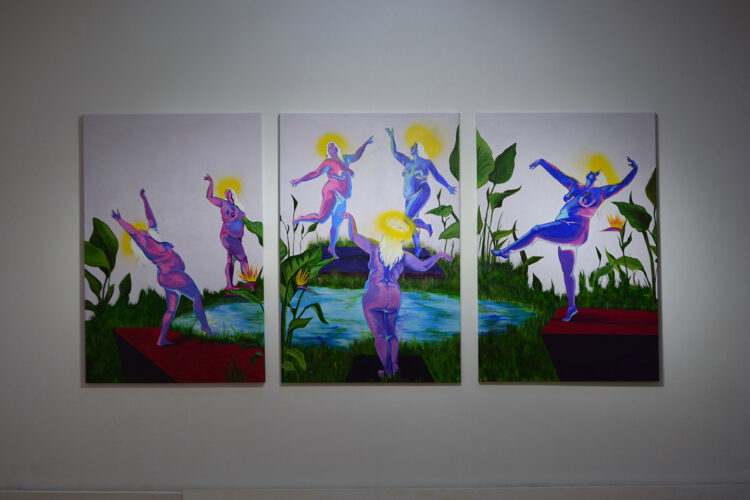
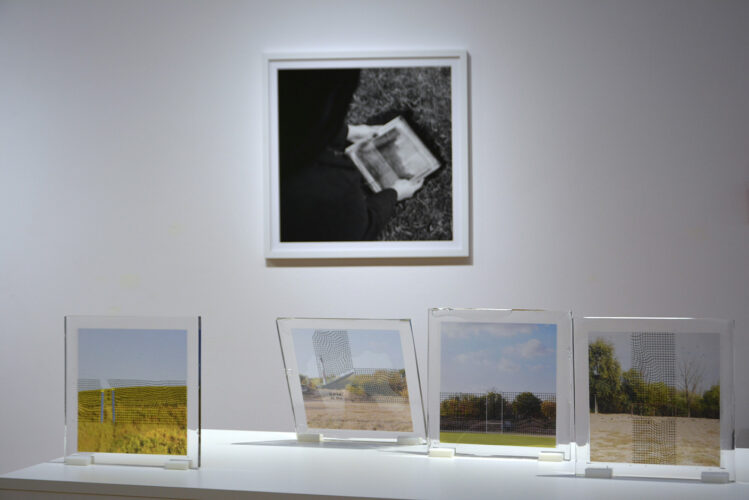
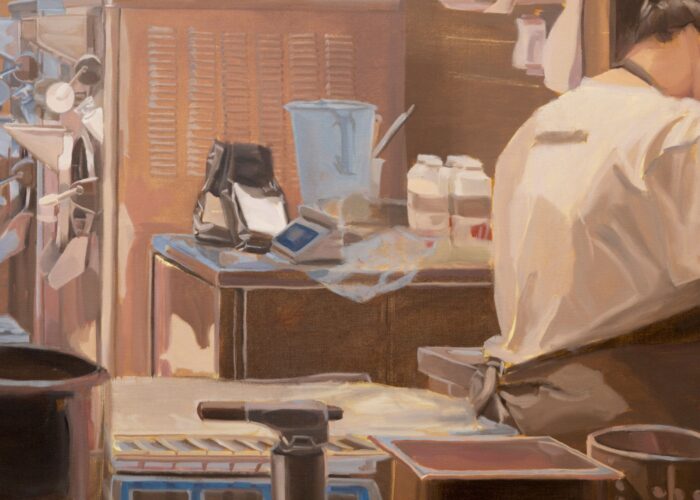

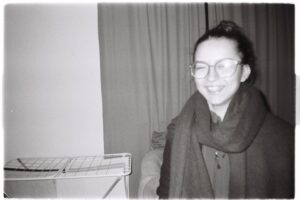
Comments are closed here.